After nearly 6 months (ended on July 15, 1968), with 4 offensives and many siege battles, encirclement, and liberation battles, we achieved a great victory by eliminating 11,900 enemies (mainly American soldiers), shooting down and burning 197 aircraft and many other means of war, liberating Huong Hoa district with nearly 10,000 people, and expanding the North-South strategic corridor. The victory of the campaign contributed significantly to the bankruptcy of the US imperialists' "Local War" strategy, marking the development of military art in all 3 fields: Military strategic command, campaign art and tactics.
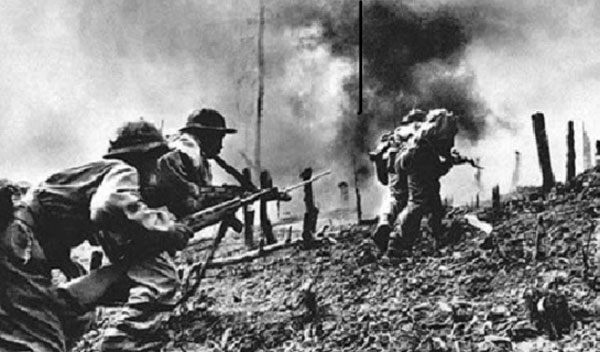 |
| Liberation Army captured enemy targets in the Route 9 – Khe Sanh Campaign, 1968. Photo: Archive |
The Party Central Committee, the Central Military Commission and the Ministry of National Defense have always taken the initiative, thoroughly grasped the idea of actively attacking, raised the will to fight, proposed correct and creative policies, and demonstrated strategy in both directions of attack. The main force's attack on the advantageous battlefield (mainly mountainous areas) aimed to draw the majority of the enemy's mobile forces (mainly American troops) to the outer ring, to hold them down, attack them to wear them down, and destroy them on a large scale, bankrupting the US's "search and destroy" military strategy. The combined attack (closely combining military, political, and military propaganda) attacked the cities, where the US and the Saigon puppet regime had their headquarters and safe rear bases, aiming to gain a decisive victory, forcing the US to sit at the negotiating table with us.
To carry out the campaign's determination, we used a large force of main forces including the 304th, 320th, 324th, and 325th infantry divisions (from May 1968, the 308th Division and the 246th Regiment replaced the 324th and 325th Divisions that were transferred to other battlefields), the 270th Regiment (Vinh Linh), 2 local battalions of Quang Tri province, along with special forces, artillery, anti-aircraft artillery, tanks, communications, reconnaissance, chemical, engineering units... This was the first time we organized a large-scale coordinated campaign with the participation of many military branches, operating in a large area.
Along with that, it is necessary to choose the main direction of attack accurately, meeting the requirements of the campaign and strategic levels. In order to carry out the intention of pulling the US troops and pinning down an important part of the enemy's strength at the Road 9-Khe Sanh defense line, the Campaign Command decided to choose the West as the main direction of attack, in this direction the enemy is weaker, easily surrounded and isolated; the terrain here is rugged mountains and forests, the border between the two regions is a midland strip consisting of many consecutive inverted hills, limiting many of the enemy's strong points.
Choosing the West direction, we created the element of surprise, regained the initiative to coordinate with other battlefields and promote our strong fighting style to wear down and destroy Huong Hoa district, the Hui San stronghold, the 832 high point, surround the Lang Vay stronghold and attack reinforcements in the West and South of Ta Con. The important direction was the East direction, destroying 1 to 2 strong enemy bases on Highway 75; surrounding Con Tien, Doc Mieu, cutting off traffic from Cam Lo to Ca Lu; attacking reinforcements in the Quan Ngang, Doc Mieu and Southwest Dong Ha areas.
Combat motto: Besiege and wear down the enemy in the base, attack the enemy outside the fortifications and outside the base as the main thing, only attack the enemy inside the fortifications when necessary and sure of victory. For individual strongholds (equivalent to a battalion), use the method of combined arms attack, finish them off in a short time. Implementing that motto, we practiced attacking the enemy in Huong Hoa and Hill 832 to "provoke the trigger", draw enemy reinforcements to Khe Sanh to destroy them outside the fortifications, then switch to besieging Ta Con to draw enemy reinforcements out to relieve them.
Of the 11,900 enemy troops eliminated from combat, about 10,000 were eliminated while they were moving or paused. A typical example was the Lang Vay battle (night of February 6, 1968), the first combined arms battle in the Southern battlefield. We carried out a breakthrough attack on the enemy's defensive position by combined arms, the campaign artillery fired in preparation, supported the infantry to charge, and attacked the retreating enemy; engineers opened the door for infantry and tanks to charge; tanks entered the battle for the first time, leading the infantry to charge and coordinating with the infantry to destroy the enemy in the stronghold.
In terms of tactics, our army flexibly applied tactical forms suitable to each enemy's situation. Based on the analysis and comparison of the US military force's great advantage in technical arms, especially the air force and armor, we applied the combined arms attack tactic, finishing the battle in a short time. Implementing the siege and attack on the enemy in solid fortifications, we successfully applied the hold-up tactic to hold the enemy, creating a position for mobile attacks on the enemy in the East or hold-up, combining mobile attacks, attacking the enemy's airborne troops as soon as they landed or attacking at night when the enemy temporarily stopped to stay and attacked the enemy troops who spread out to search, with the tactics of close combat, night combat, deep penetration, division, encirclement, and encirclement to complete the campaign mission.
The military art in the Route 9-Khe Sanh Campaign in the Spring-Summer of 1968 still retains its value in both theory and practice. We continue to research and develop it to suit new conditions and creatively apply it to the construction and development of modern military art, meeting the requirements of high-tech warfare, contributing to firmly protecting the Fatherland in all situations.
Source: https://www.qdnd.vn/quoc-phong-an-ninh/nghe-thuat-quan-su-vn/nghe-thuat-quan-su-trong-chien-dich-duong-9-khe-sanh-735651
Source link


![[Photo] Vietnamese and Hungarian leaders attend the opening of the exhibition by photographer Bozoky Dezso](https://vphoto.vietnam.vn/thumb/1200x675/vietnam/resource/IMAGE/2025/5/28/b478be84f13042aebc74e077c4756e4b)
![[Photo] General Secretary To Lam works with the Central Policy and Strategy Committee](https://vphoto.vietnam.vn/thumb/1200x675/vietnam/resource/IMAGE/2025/5/28/7b31a656d8a148d4b7e7ca66463a6894)


![[Photo] 12th grade students say goodbye at the closing ceremony, preparing to embark on a new journey](https://vphoto.vietnam.vn/thumb/1200x675/vietnam/resource/IMAGE/2025/5/28/42ac3d300d214e7b8db4a03feeed3f6a)
![[Photo] Prime Minister Pham Minh Chinh receives a bipartisan delegation of US House of Representatives](https://vphoto.vietnam.vn/thumb/1200x675/vietnam/resource/IMAGE/2025/5/28/468e61546b664d3f98dc75f6a3c2c880)
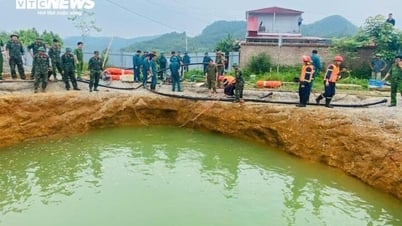
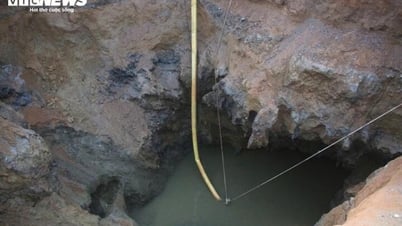
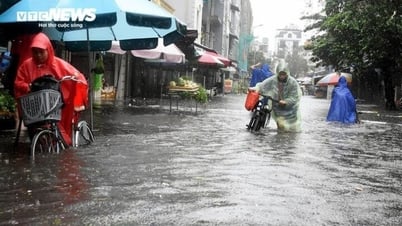
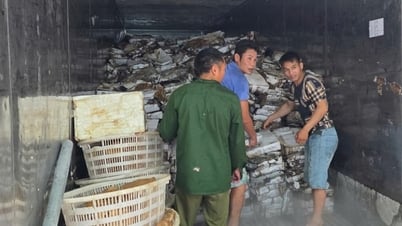
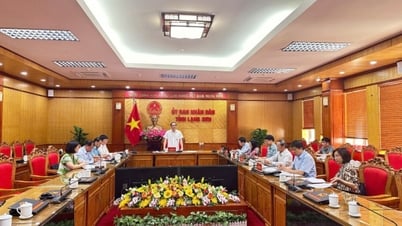





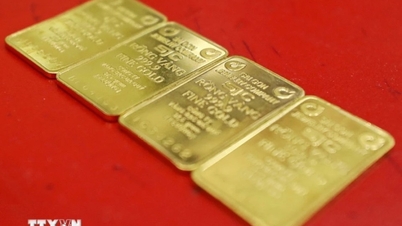



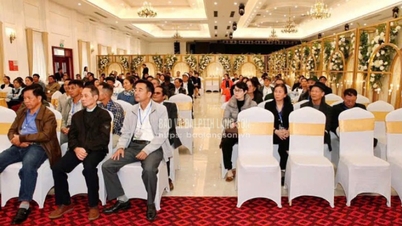
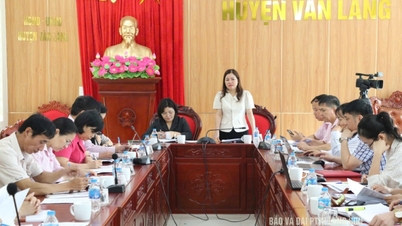


















































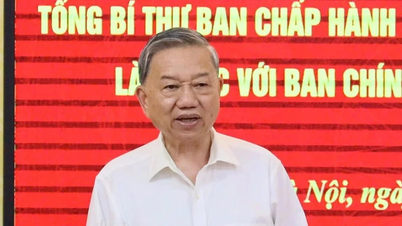

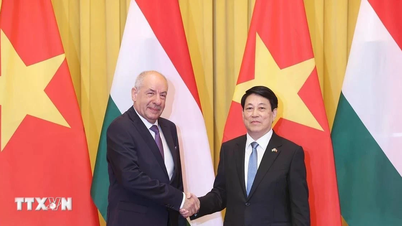
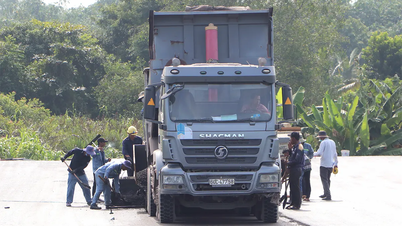

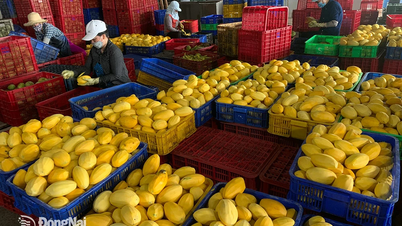
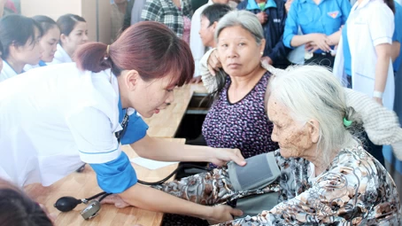
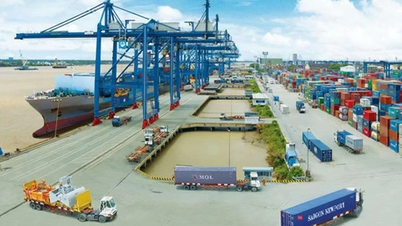







Comment (0)